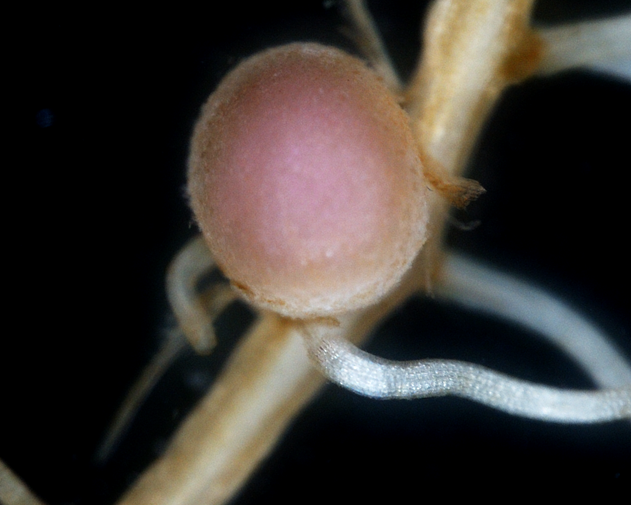Users can perform transcript id search using Arachis duranensis, Arachis ipaensis, Arachis hypogaea, and gene id search for Arachis duranensis, Arachis ipaensis, Arachis hypogaea, Aeschynomene evenia, Chamaecrista fasciculata, Cicar arietinum CDC frontier, Cicar ICC4958, Glycine max, Lotus japonicus, Lupinus angustifolius, Medicago truncatula v4 & v5.1.8, Phaseolus vulgaris, Trifolium pratense, Parasponia andersonii, Alnus glutinosa, Casuarina glauca, Ceanothus thyrsiflorus, Datisca glomerata, Arabidopsis thaliana and this will redirect to the result page.
• At the top of the result page users will find a drop-down list and need to select a dataset (Raul et. al. and Karmakar et. al.). Users can visualize the graphical representation of data expression and can classify graphs by species. To obtain statistics of the data in the graphical format, users can need to select a single id from the drop-down list.
• In the next section users can obtain expression for already annotated genes. From this table, users can get the link to download the transcript sequence and annotation at the right most column of the table. At this moment sequence downloads function is only available from the Raul et al., data set.
• The orthogroup table contains the OrthoFinder result among nine legumes and six non-legumes. Users can generate the phylogenetic tree by clicking on the orthogroup id.
• The novel transcript discovery table shows the expression value of those genes or isoforms that are yet to be annotated in the peanut genomes.
|

